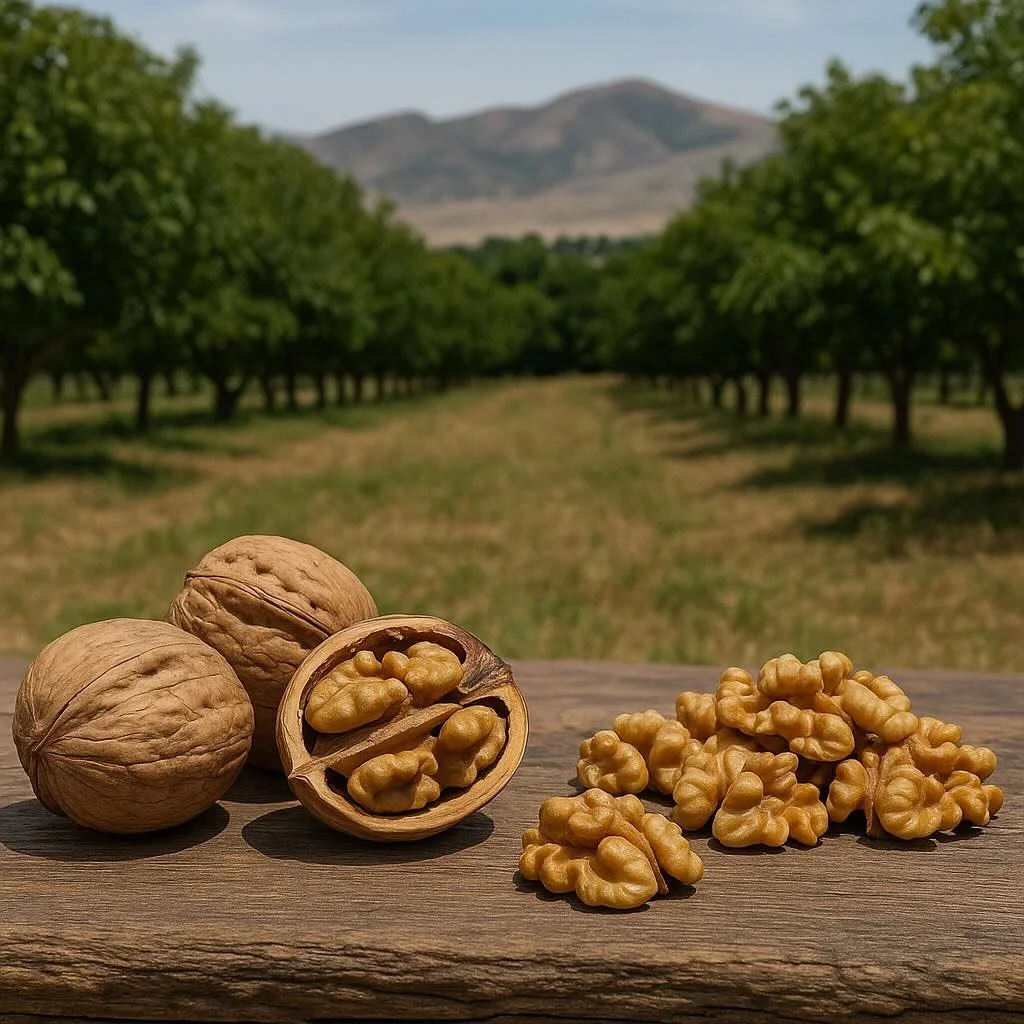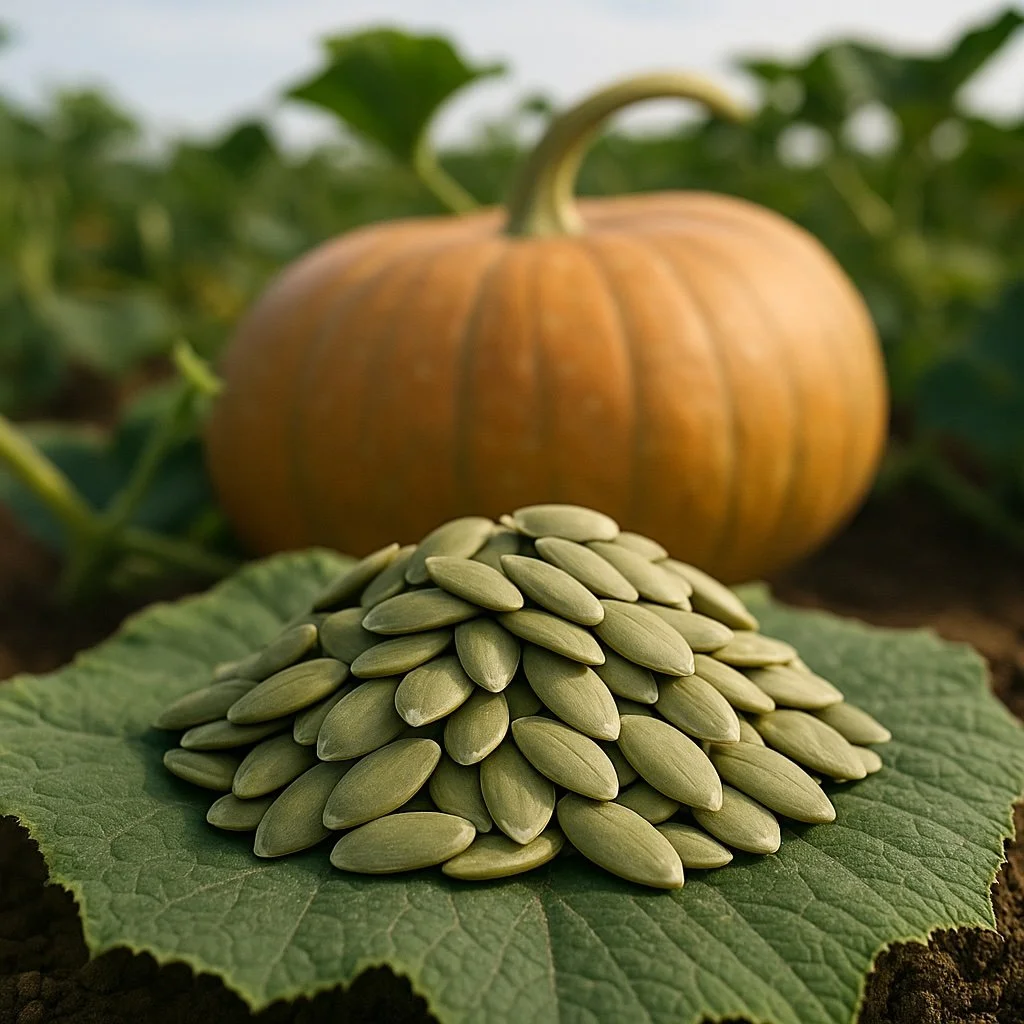Peanut Market Update: Transition from Year-End to Early 2024
Overview
As the year-end break concludes and individuals resume their regular routines, the peanut market remains constrained. This tightness is expected to persist until the arrival of new crops from the Southern Hemisphere, although challenges such as delayed plantings in Brazil and adverse weather conditions in Argentina compound the situation. Northern Hemisphere crops, notably from the USA and Nicaragua, have faced their own set of difficulties in terms of quality or quantity.
Regional Insights
Argentina
2023 Crop: Remaining stocks are low, with a significant reduction in exports noted. The gap between supply and demand is expected to widen considerably, with Argentina unlikely to bridge this gap before the new crop's arrival.
2024 Crop: Early transactions indicate buyers' eagerness to secure the new crop amidst fluctuating weather conditions. Recent droughts following a period of beneficial rain have raised concerns over yield outcomes. The ongoing political and economic uncertainties further complicate forecasting.
Brazil
2023 Crop: Limited stocks are primarily of Non-European quality, held by farmers speculating on oil market improvements. These are likely to be exported as edible kernels to markets like Algeria and Russia due to the stagnating oil market.
2024 Crop: Crop development faces challenges from high temperatures, though recent rains offer some optimism. Market offers are cautious, reflecting concerns over crop quality and quantity.
USA
The market is active, but supply is tight with premium pricing for the available stock. Quality concerns have somewhat eased, with lower-quality peanuts processed later. Uncertainty around new crop planting decisions persists, influenced by low cotton prices and financial constraints.
Nicaragua
Delays in the new crop could impact quality metrics such as the shell/kernel ratio. Efforts to meet contractual obligations are ongoing amid increased demand and weather-related setbacks.
India
The market is stable, with the Rabi crop mid-season underway. A clearer picture of the market will emerge post-harvest, with yield expectations remaining standard.
China
The local market consumes domestically produced peanuts, with a slow oil market. Import activities are minimal, awaiting favorable pricing. The impact of Red Sea logistical issues has led to renegotiated contracts and adjusted pricing strategies.
Market Outlook
The peanut market faces several hurdles as it moves into 2024, with weather anomalies and logistical challenges influencing supply dynamics. Regional variations highlight the complexity of the global peanut industry, with each area grappling with unique challenges. As the industry navigates through these uncertainties, stakeholders remain watchful, hoping for favorable developments in the coming months.










